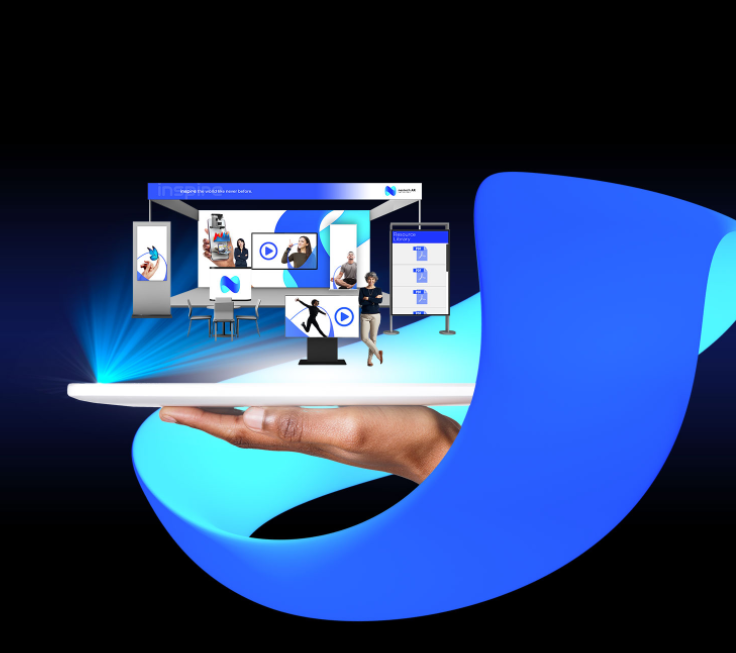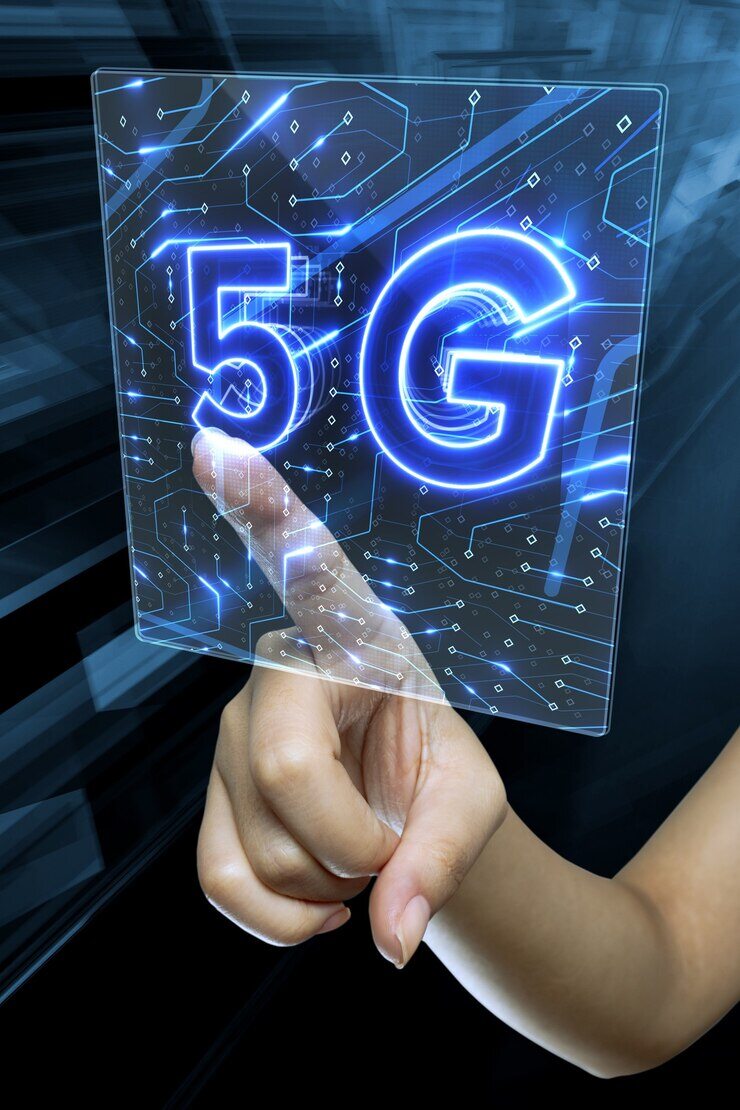In recent years, Augmented Reality and Virtual Reality have moved from the realm of science fiction to everyday applications.
From immersive gaming and virtual tourism to advanced training simulations and remote collaboration, these technologies are reshaping industries.
However, one major roadblock has been network limitations. The advent of 5G is not just an incremental upgrade. It is the key that unlocks the full potential of AR and VR.
The Limitations Of AR And VR Without 5G
While AR and VR have made impressive strides, their performance has often been constrained by bandwidth, latency, and connectivity issues.
Traditional 4G networks struggle to deliver the seamless, high-speed data transfers needed for real-time interactions.
This has resulted in:
- Lag and Latency Issues – High latency leads to choppy, delayed experiences, particularly in VR, where real-time responsiveness is critical.
- Limited Cloud Processing – Without high-speed connectivity, AR and VR applications must rely on on-device processing, restricting their complexity and realism.
- Restricted Mobility – Wireless headsets and AR glasses often require stable, high-speed connections, which are difficult to maintain on 4G networks.
5G solves these problems by providing ultra-low latency, high bandwidth, and unprecedented reliability. This transformation enables AR and VR to reach their full capabilities, making them practical for various industries.
How 5G Supercharges AR And VR
- Lightning-Fast Speeds And Real-Time Interactions
5G offers speeds up to 100 times faster than 4G, allowing AR and VR applications to run smoothly without lag.
This is crucial for industries like e-commerce and education, where real-time interaction enhances user engagement.
For instance, companies like Nextech3D leverage high-speed networks to deliver interactive 3D models for retail and learning experiences, ensuring smooth engagement across devices.
- Ultra-Low Latency For A Smooth Experience
Latency can be the difference between an immersive AR/VR experience and a frustrating one.
With 5G’s latency reduced to as low as one millisecond, interactions feel instant. This is especially vital for:
- Remote Collaboration – Architects, engineers, and medical professionals can collaborate in a shared virtual space without delays.
- Gaming and Entertainment – Players can experience hyper-realistic environments without lag.
- Virtual Training – Surgeons, pilots, and technicians can train in high-stakes simulations with lifelike precision.
- Enhanced Cloud Processing And AI Integration
With 5G’s increased bandwidth, AR and VR applications can offload processing to the cloud, allowing for more sophisticated and realistic environments.
Nextech3D, for example, utilizes cloud-powered AI to generate high-fidelity 3D models in real time, making virtual environments richer and more interactive than ever before.
- Greater Mobility For Wearable AR And VR Devices
Until now, AR glasses and VR headsets were often tethered to computers or Wi-Fi, limiting mobility. With 5G, users can access high-quality AR overlays and VR simulations on the go. This is particularly useful in industries such as:
- Retail – Shoppers can visualize products in real-world environments before purchasing.
- Healthcare – Surgeons can receive real-time AR-guided assistance during procedures.
- Manufacturing – Workers can use AR instructions overlaid on machinery for maintenance and repairs.
The Future Of AR And VR With 5G
As 5G networks continue to expand, the use cases for AR and VR will only grow. We can expect advancements such as:
- Smarter AI-driven AR experiences that adapt to users in real-time.
- Mass adoption of AR in e-commerce, allowing consumers to interact with products before buying.
- Virtual workspaces becoming the norm, reducing the need for physical office spaces.
Companies that embrace 5G-powered AR and VR will gain a competitive edge, offering more engaging, efficient, and immersive experiences.
Nextech3D is already at the forefront of this revolution, delivering next-generation 3D solutions that thrive in the 5G era.







